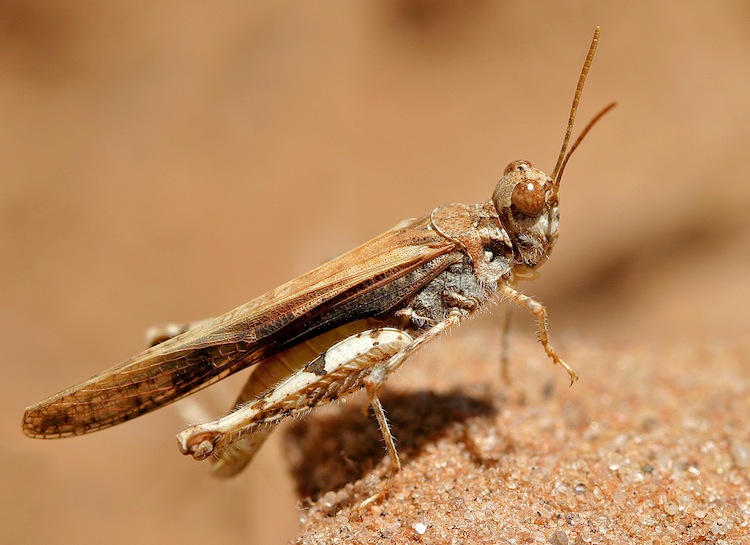Family Tettigoniidae. Subfamily Heterodinae
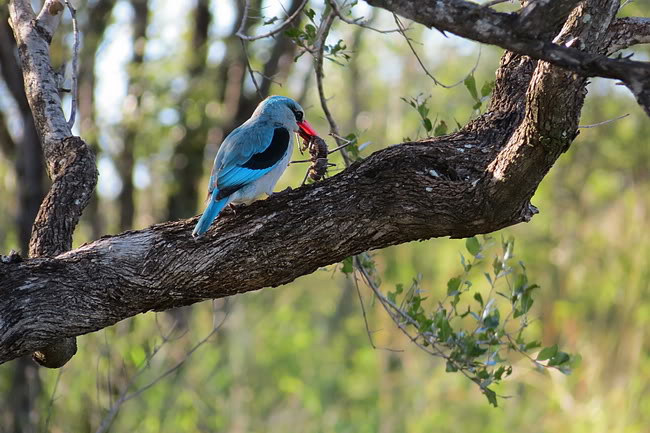
Kruger National Park, S41 © Bushcraft
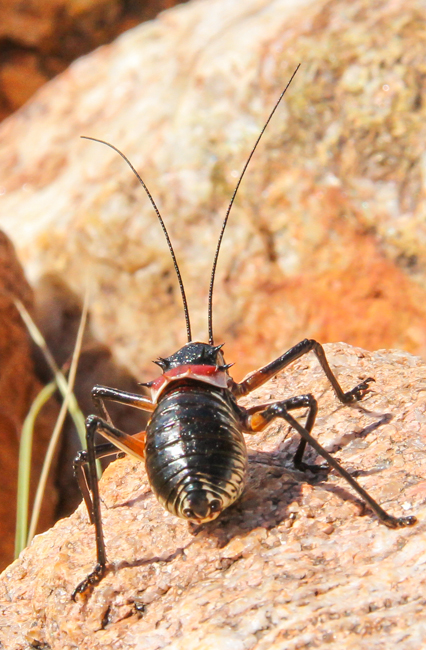 © Super Mongoose
© Super Mongoose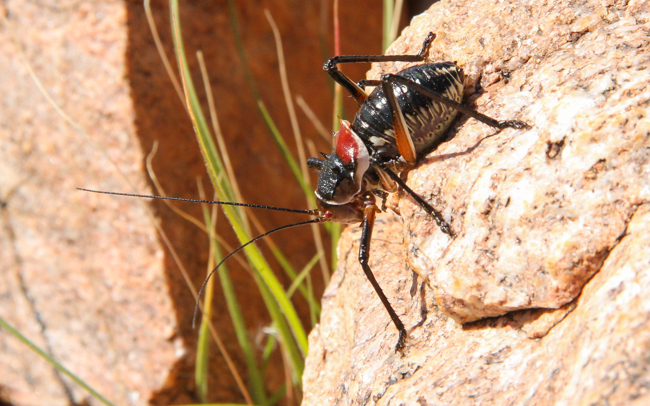 © Super Mongoose
© Super MongooseAugrabies Falls National Park
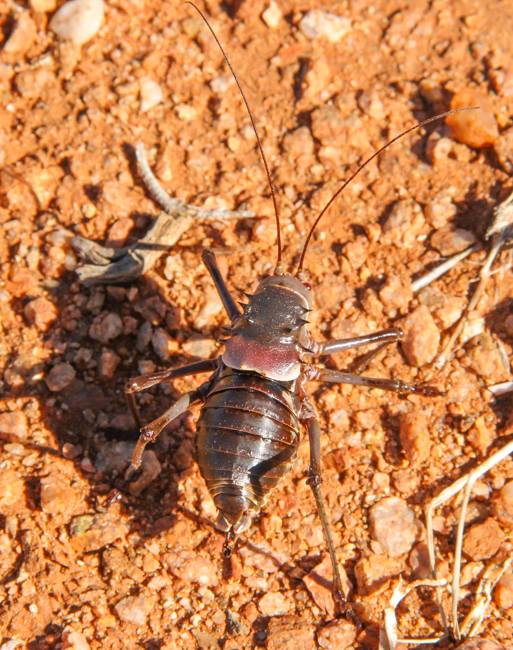 © Super Mongoose
© Super Mongoose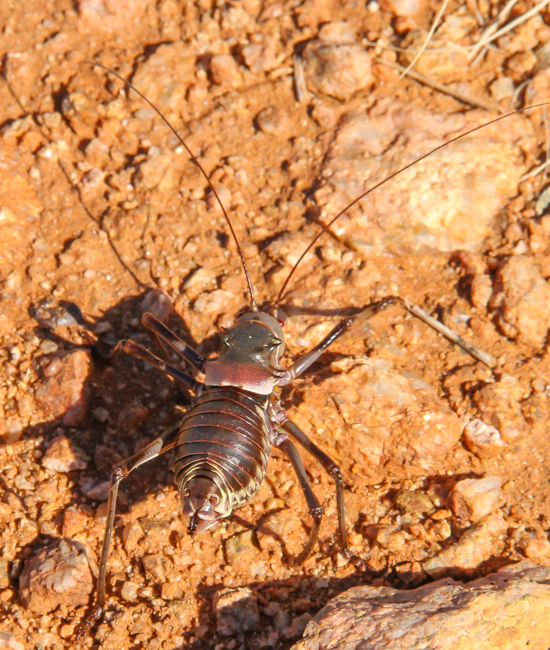 © Super Mongoose
© Super MongooseAugrabies Falls National Park
 © mposthumus
© mposthumusKruger National Park
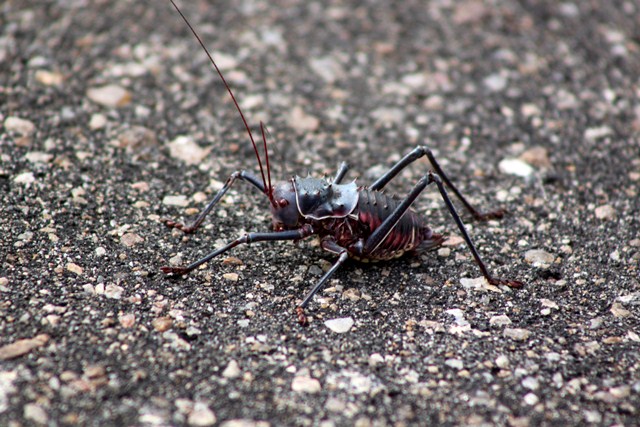 © Heksie
© HeksieKruger National Park, H14
 © Kesheshe
© KeshesheKruger National Park
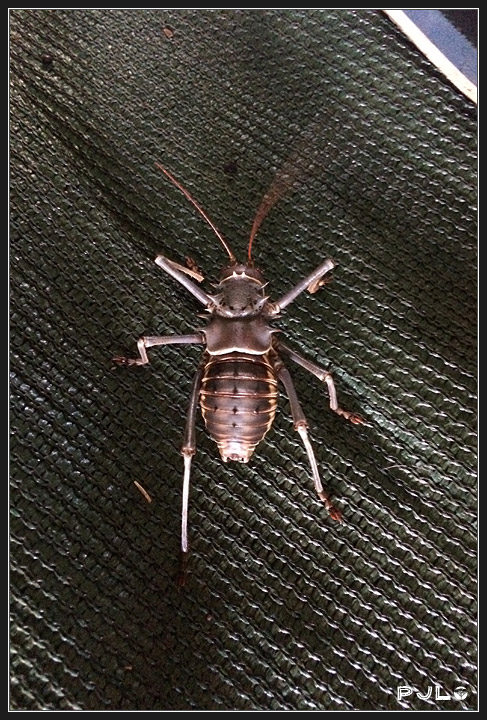 © PJL
© PJLKruger National Park, Satara
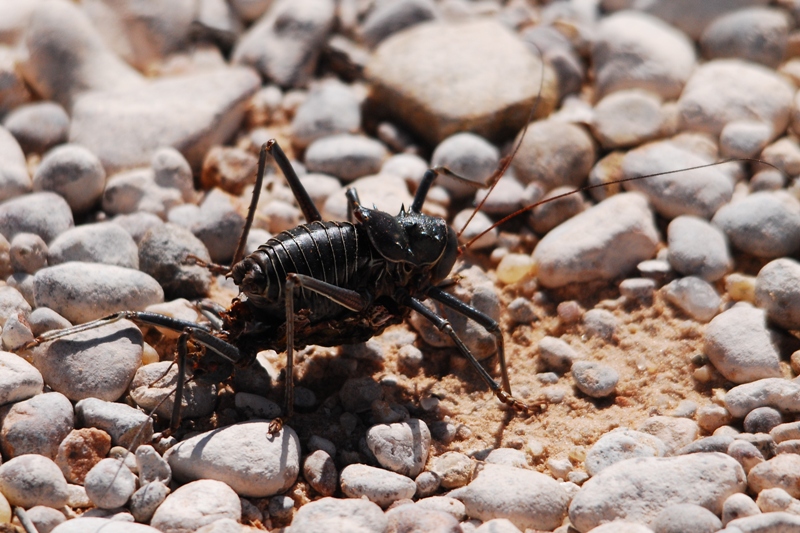 © Mel
© MelKgalagadi Transfrontier Park
Description
A wide-bodied, flightless species that typically grows to a body length of about 5 cm. The pronotum bears several sharp, conical spines. The mandibles, or main biting jaws, are powerful; they can inflict a painful nip and they permit the insect to feed on material such as tough herbage or carrion.
This species is omnivorous and feeds opportunistically on many different foods. Especially when their diet is deficient in protein and salt, members of the species commonly become cannibalistic
These Katydids have an arsenal of defence mechanisms in response to attack. Males but not females can stridulate when attacked, while both sexes will bite and regurgitate or squirt toxic blood which in insects is called haemolymph, from gaps in their exoskeleton on their backs and under their legs upon provocation.
Similar species:
Acanthoplus armativentris has two spines on the front edge of the pronotum whereas these are absent in A. discoidalis.
Distribution
The Armoured Katydid (Acanthoplus discoidalis) is fairly widespread throughout Botswana, Namibia, and Northern Cape Province, South Africa. Small populations are also found in the Western and Eastern Cape Provinces of South Africa.
Habitat
The species is generally associated with very dry, sparsely vegetated habitats, including the Kalahari and Namib Deserts, Succulent and Nama Karoo and Fynbos biomes.
Links: Checklist: The Armoured Crickets (Orthoptera: Bradyporidae) of South Africa; Walker, Matt (28 July 2009). "Insect defence all blood and guts". BBC Earth News.



 © mposthumus
© mposthumus © mposthumus
© mposthumus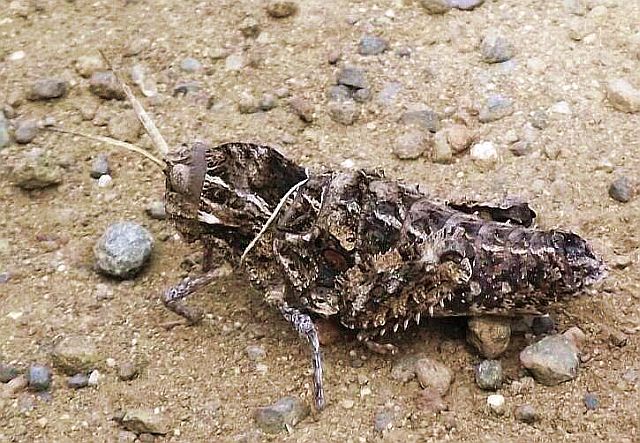 Female © mposthumus
Female © mposthumus © mposthumus
© mposthumus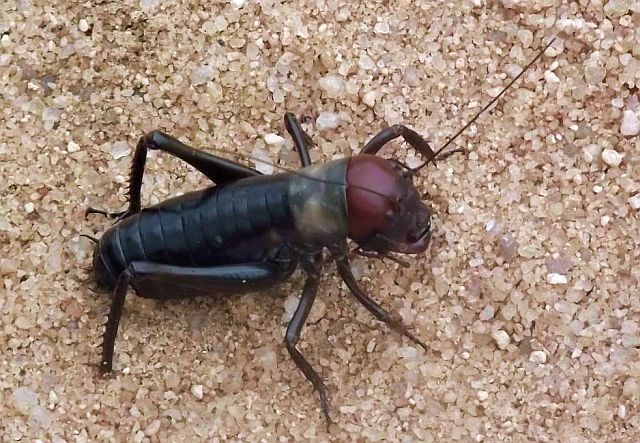 © mposthumus
© mposthumus © Richprins
© Richprins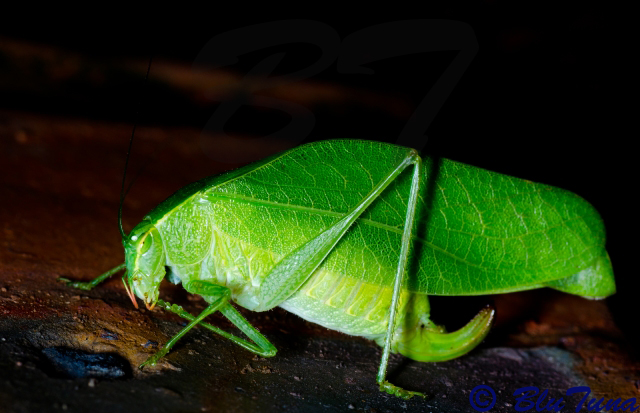 © BluTuna
© BluTuna © BluTuna
© BluTuna © serval
© serval © Hawkeyes
© Hawkeyes
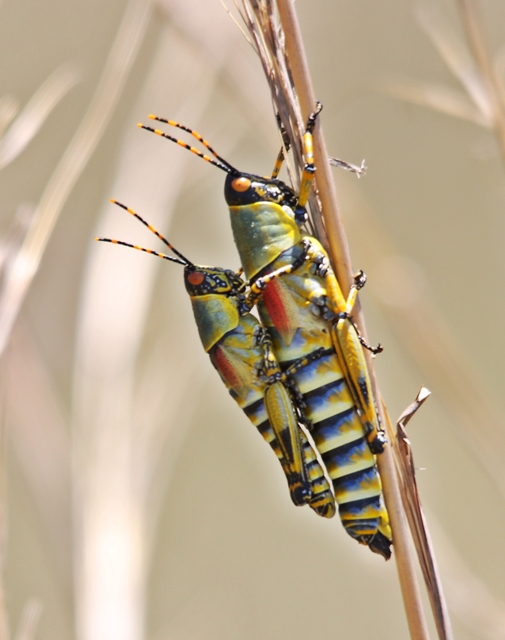 © Flutterby
© Flutterby
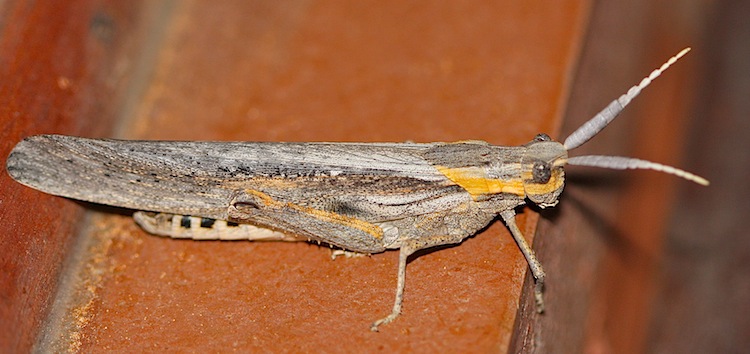
 © ExFmem
© ExFmem © Tina
© Tina